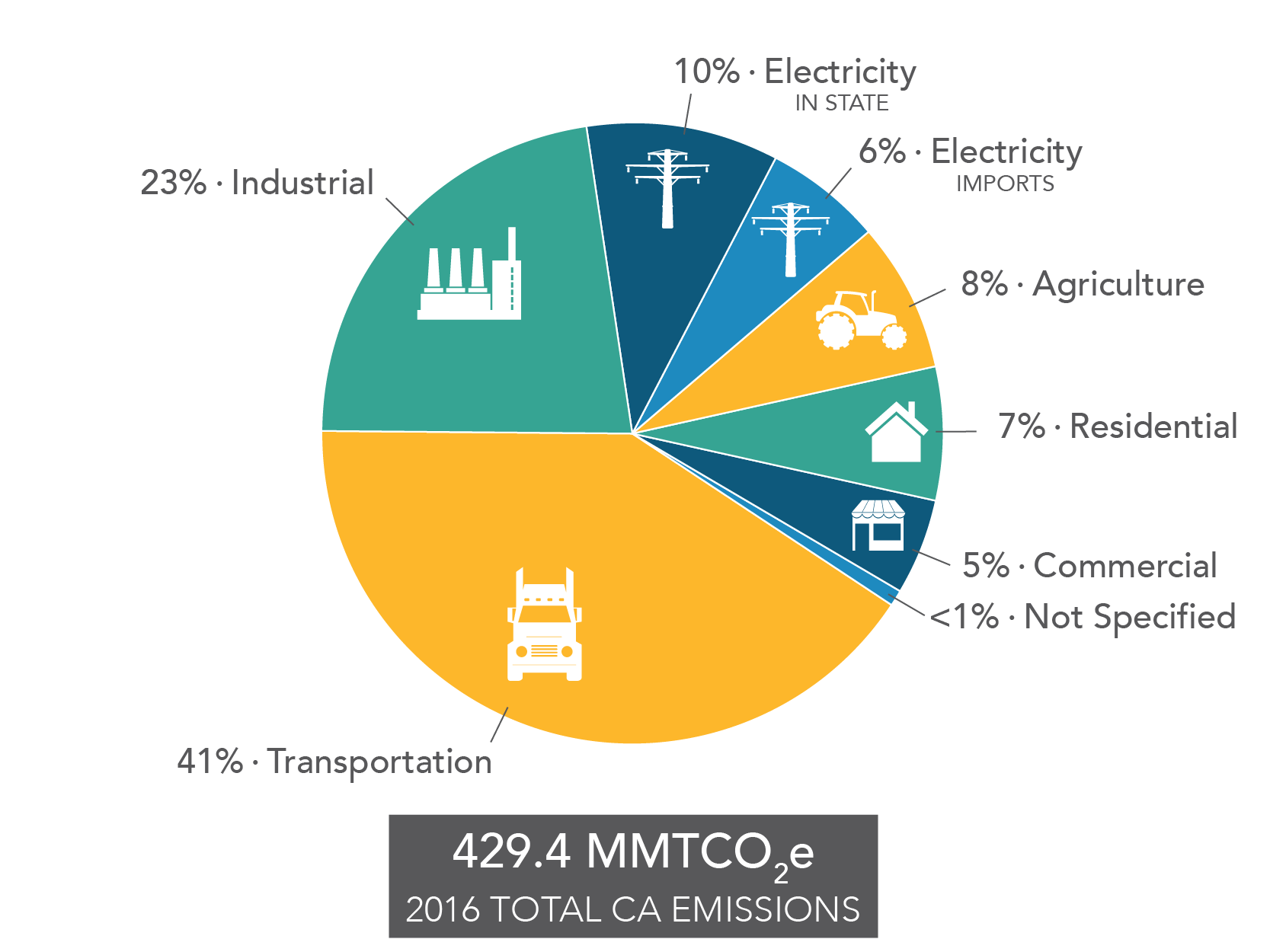Revised data shows California reached its GHG emissions-reduction goal in 2014; not in 2016, as previously thought.
The change was explained in the California Environmental Protection Agency Air Resources Board’s “2020 saw steepest drop in carbon pollution due to the pandemic,” Oct. 26, 2022 news release as follows:
“[T]he 2022 Edition of the [Global Warming Solutions Act of 2006 California Assembly Bill 32] AB 32 GHG Inventory corrects a data discrepancy that was identified during the detailed reconciliation process of the inventory development. As a result, it became clear that California met the AB 32 goal of returning to 1990 levels of emissions (431 MMT) in 2014 rather than 2016 after the inventory for that year was adjusted from 443 MMT to 428.2 MMT.”
Not only that, but California has seen continued progress in terms of GHG-emissions reductions since peaking in 2004, its carbon dioxide equivalent emissions levels reaching a high of 492.9 million metric tons of carbon dioxide equivalent (MMTCO2e) emissions.
Elaborating further, the California Air Resources Board (CARB) added:
“In addition, the 2022 Edition of the AB 32 GHG Inventory features an adjustment of the sectoral totals to correct a data discrepancy that was identified during the detailed reconciliation process of the inventory development. The adjustment of the sectoral totals included aligning several sectors related to fossil gas and diesel fuel usage with data from the Regulation for the Mandatory Reporting of GHG Emissions (MRR), and a correction for volumes of fossil gas used in refineries. This adjustment resulted in lowering the 2019 emissions from 418.2 million metric tons of carbon dioxide equivalents (MMT CO2e) to 404.5 MMT CO2e, an overall reduction of 3.3%.”
But, that’s not all. There is other important news to report also.
As expressed in the news release in question, CARB stated: “California’s latest Greenhouse Gas Inventory indicated that in 2020 – when many Californians stayed home due to COVID-19 – carbon pollution saw the single largest decline as a percentage of the previous year’s total in the more than 20 years the state has been tracking emissions. Greenhouse gas emissions in the state fell by 35.3 million metric tons (MMT) of carbon dioxide equivalent (CO2e). This reduction of 9% exceeds the second-largest drop the state experienced between 2008 and 2009 when GHG emissions dropped 6% during the height of the Great Recession.”
And added, “Overall, the annual drop in greenhouse gas emissions was mirrored by a smaller, but still significant 2.8% drop in the state’s GDP [gross domestic product]. Notably the greenhouse gas emissions per unit of GDP, which reflects how carbon intensive the economy is, also continued to fall, demonstrating the effectiveness of California’s long-term climate programs to decarbonize industry, energy and transportation. Another result was the continued reduction in the greenhouse gas emissions per capita, which now stands at 9.3 metric tons of CO2e per person in California compared to 13.1 metric tons CO2e per person when AB 32 … was signed in 2006.”
For more information on the 2000 to 2020 California GHG inventory data, visit: https://ww2.arb.ca.gov/ghg-inventory-data
– Alan Kandel
Copyrighted material.
